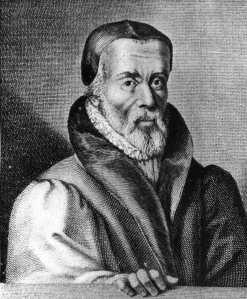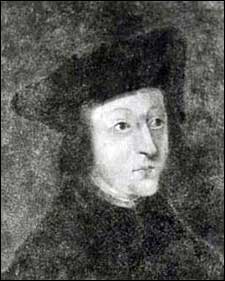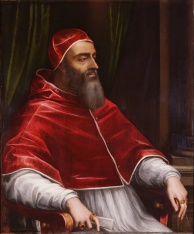Thomas Wyatt was born in 1503 at Allington Castle near Maidstone to Henry Wyatt and his wife, Anne Skinner. Henry was one of King Henry VII’s Privy Councillors, a position that continued upon the ascension of King Henry VIII.
Wyatt would first enter the court of King Henry VIII in 1515 as a ‘sewer extraordinary’ (another name for a waiter). In the same year he entered St. John’s College, Cambridge. Three years later in 1520, aged 17; Wyatt married Elizabeth Brooke, daughter of Thomas Brooke, 8th Baron Cobham. The couple would go on to have a son the following year; also called Thomas (he would go on to lead Wyatt’s Rebellion years later). The marriage between Wyatt and Elizabeth fell apart in approximately 1525 when Wyatt separated from his wife and charged her with adultery. At some point as their marriage was failing Wyatt had allegedly fallen for Anne Boleyn, although they most likely had met the extent of their relationship is unknown.
 Sir Thomas Wyatt as painted by Hans Holbein the younger
Sir Thomas Wyatt as painted by Hans Holbein the younger
Wyatt began undertaking more roles within the court and accompanied Sir John Russell, 1st Earl of Bedford, to Rome to petition Pope Clement VII to annul the King’s marriage to Katherine of Aragon and allow him to marry again. He was also appointed as High Marshal of Calais between 1528 and 1530 and Commissioner of the Peace of Essex in 1532. When King Henry VIII and Anne Boleyn travelled to Calais in order to present Anne to the French King, Wyatt was part of the retinue that travelled with them he would later serve in Anne Boleyn’s coronation in June 1533.
Wyatt was knighted in 1535 but just a year later he would find himself imprisoned in the Tower of London suspected of being one of the men accused of adultery with Anne Boleyn he was also accused of arguing with the Duke of Suffolk. Whilst imprisoned in the Tower Wyatt likely saw the execution of Anne Boleyn and the five men accused alongside her, as someone who had written poetry throughout his life he composed ‘Innocentia Veritas Viat FidesCircumdederunt me inmici mei’, which read;
“Who list his wealth and ease retain,
Himself let him unknown contain.
Press not too fast in at that gate
Where the return stands by disdain,
For sure, circa Regna tonat.
The high mountains are blasted oft
When the low valley is mild and soft.
Fortune with Health stands at debate.
The fall is grievous from aloft.
And sure, circa Regna tonat.
These bloody days have broken my heart.
My lust, my youth did them depart,
And blind desire of estate.
Who hastes to climb seeks to revert.
Of truth, circa Renga tonat.
The bell tower showed me such sight
That in my head sticks day and night.
There did I learn out of a grate,
For all favour, glory, or might,
That yet circa Regna tonat.
By proof, I say, there did I learn.
Wit helpeth not defence too yerne,
Of innocency to plead or prate.
Bear low, therefore, give God the stern,
For sure, circa Regna tonat.
 An example of Thomas Wyatt’s writing
An example of Thomas Wyatt’s writing
Wyatt was released soon after Anne Boleyn’s death and returned to favour within Henry’s court, he was made ambassador to the court of the Holy Roman Emperor, Charles V, in Spain returning to England in June 1539 before departing again in May 1540 to resume his role as ambassador.
Although Wyatt was technically still married in 1537 he took Elizabeth Darrell as his mistress and they had three sons together and in 1540 he was granted the site and manorial estates of the dissolved Boxley Abbey.
In 1541 Wyatt was charged with treason after an original charge from 1538 was revived against him by Edmund Bonner, Bishop of London. Bonner had claimed that Wyatt had been rude about the King and also had contact with Cardinal Pole, the King’s relative and papal legate who Henry was most displeased with after he sided with Rome over his divorce to Katherine of Aragon. Wyatt was again placed inside the Tower of London but was pardoned once again, possibly by the request of the current queen, Catherine Howard. Wyatt was again released and given royal offices following his pardon from the King. However, shortly after welcoming Charles V’s envoy at Falmouth he was taken ill and died on 11th October 1542 whilst staying with Sir John Horsey at Clifton Maybank House, Dorset. He is buried in Sherborne Abbey.
Wyatt’s poetry was published 15 years after his death and along with Henry Howard, Earl of Surrey, was one of the first to introduce the sonnet into England.











